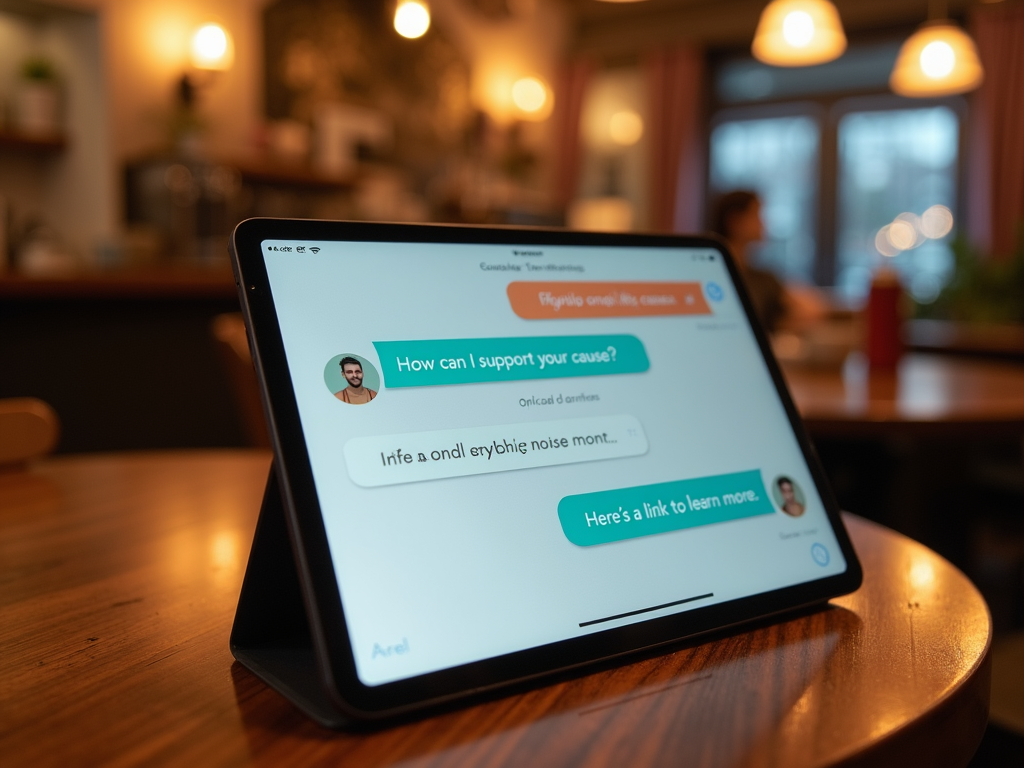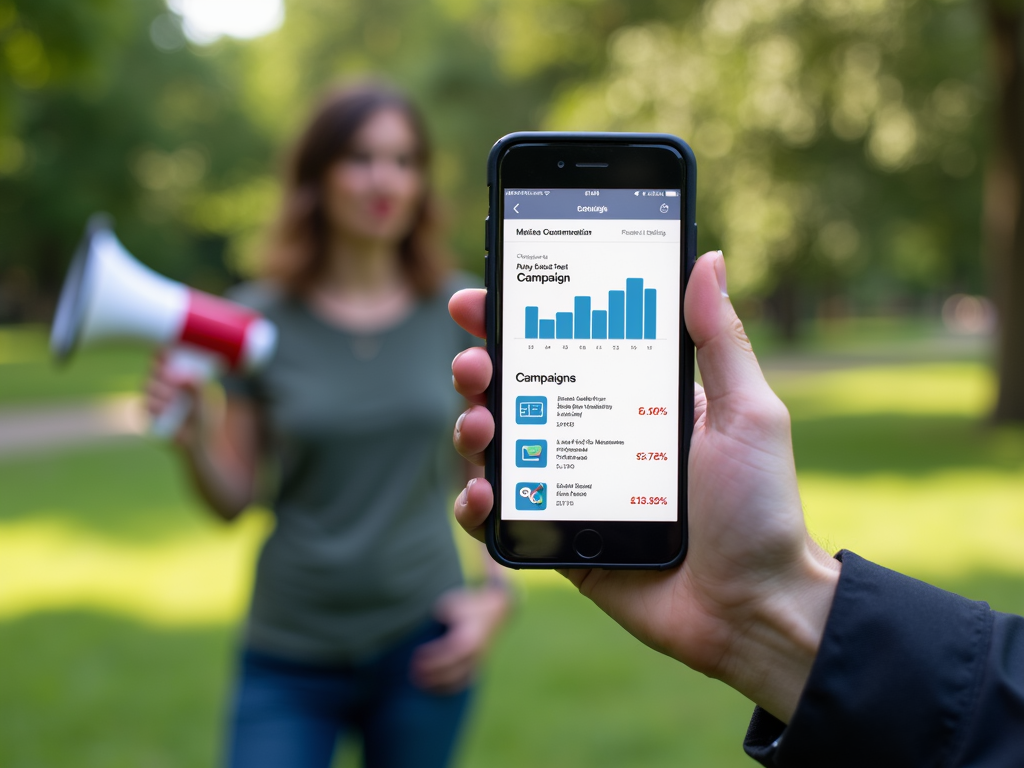More AI Tools to Boost Your Advocacy
By , May 25, 2025
Advocacy is changing fast, and AI tools are leading the way. These tools help you reach more people, save time, and make a bigger impact. Whether you’re new to digital activism or a seasoned volunteer, this article covers the best AI tools to boost your advocacy, plus tips to get started.

Why AI Is a Game-Changer for Advocacy
AI makes advocacy easier and more effective. It’s not just for tech experts—it’s for anyone who wants to create change. Here’s why it matters:
- Saves Time: AI handles boring tasks like posting updates or sorting data.
- Expands Reach: It helps you find and connect with the right people.
- Gives Insights: AI shows you what’s working and what’s not.
I’ve been advocating for causes I care about for years. At first, I did everything by hand, and it was exhausting. Then I found AI tools. They cut my workload in half and helped me focus on the fun stuff—like brainstorming new ideas.
The Best AI Tools to Boost Your Advocacy
Here are my favorite AI tools for advocacy. They’re easy to use and powerful.
1. Chatbots
Chatbots talk to your audience when you can’t. Tools like ManyChat let you set up bots to answer questions or share info. During a campaign, I used a chatbot to send resources to supporters. It was like having an extra teammate.
2. Social Media Helpers
Posting online takes time. AI tools like Buffer pick the best times to share your message. I’ve used Buffer to keep my followers engaged without spending hours online.
3. Data Tools
Numbers tell a story. Google Analytics shows how many people see your work. A study from MIT explains how data can guide decisions—something I’ve seen firsthand. It helped me tweak my campaigns for better results.
4. Writing Assistants
Writing is hard, but AI can help. Grammarly fixes mistakes and makes your words stronger. I used it to write a petition that got over 5,000 signatures. It made my message clear and convincing.

How to Start with Digital Activism for Beginners
New to advocacy? Don’t stress—digital activism is simple with the right approach. Follow these steps:
- Pick a Cause: Choose something you care about, like clean water or equality.
- Set Goals: Decide what you want—more awareness, donations, or signatures.
- Go Online: Start a social media page or website. AI tools can help with posts.
- Talk to People: Use chatbots or emails to keep supporters in the loop.
- Check Progress: Look at data to see what’s working.
When I began, I felt lost. But I picked a cause—animal rights—and used AI to schedule posts. Within a month, I had a small following. It was a start, and it felt amazing.
Online Advocacy Volunteering Options
Want to help without leaving home? Try these volunteer roles:
| Role | What You Do | Tools to Use |
|---|---|---|
| Social Media | Share posts and updates | Buffer, Hootsuite |
| Content Creation | Write blogs or make videos | Grammarly, Canva |
| Data Analysis | Look at numbers to find trends | Google Analytics |
| Community Support | Answer questions, host online chats | ManyChat, Zoom |
I’ve volunteered to manage social media for a nonprofit. Using AI tools, I grew their followers by 20% in three months. It’s rewarding and teaches you a lot.

My Story: How AI Changed My Advocacy
I wasn’t sold on AI at first. It sounded complicated. But I gave it a shot, and I’m glad I did. One time, I used an AI tool to analyze my campaign data. It showed me most of my support came from Instagram, not Twitter. I shifted my focus and doubled my reach.
Another win was with writing. I struggled to explain my ideas until I tried an AI assistant. It helped me write an email that raised $1,000 for a cause. A Harvard study backs this up—AI can make fundraising easier. For me, it’s been a total game-changer.
Tips to Get the Most Out of AI Tools
Here’s what I’ve learned:
- Start Small: Try one tool at a time. Don’t overwhelm yourself.
- Experiment: Test different features to see what works for your cause.
- Stay Human: Use AI to help, not replace, your personal touch.
I started with just Google Analytics. It was simple but showed me where to focus. Over time, I added more tools. Each one made my work sharper and faster.

Challenges and How to Overcome Them
AI isn’t perfect. It can feel tricky at first, and some tools cost money. Here’s how I handled that:
- Learning Curve: Watch free tutorials online. I spent a weekend learning Buffer—it was worth it.
- Cost: Start with free versions. Many tools, like Grammarly, have solid free plans.
- Tech Glitches: Have a backup plan. Once, my chatbot crashed, so I emailed supporters instead.
Don’t let these stop you. The benefits outweigh the hassles.
Conclusion
AI tools can take your advocacy to the next level. They save time, boost your reach, and make your work smarter. Whether you’re exploring online advocacy volunteering options or learning how to start with digital activism for beginners, these tools are here to help. My advice? Jump in, try them out, and see where they take you. You’ve got this!